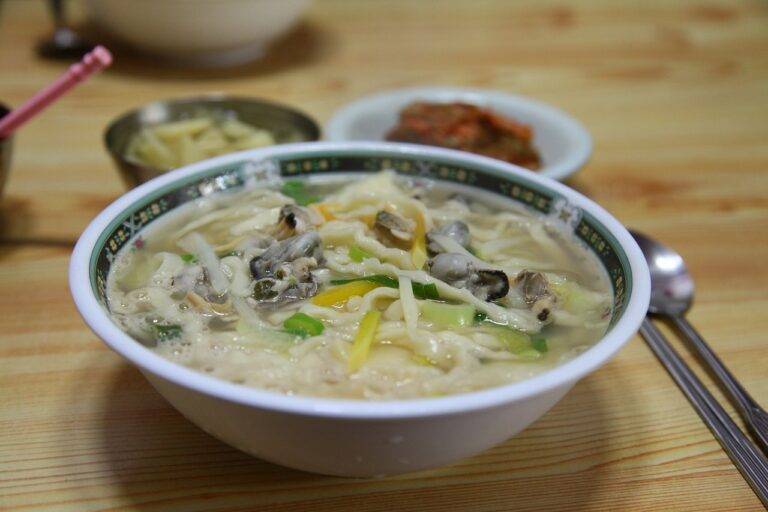The Art of Food Plating: Creating Visual Masterpieces
Food presentation plays a significant role in appealing to our senses even before we take the first bite. The way a dish is arranged on a plate can elevate the dining experience and increase our anticipation of tasting the flavors. A well-thought-out presentation shows care and attention to detail, making the meal more enjoyable and memorable.
The visual aspect of food presentation can also influence our perception of taste. Research suggests that when a dish is aesthetically pleasing, it can enhance our overall dining satisfaction. Therefore, chefs and food enthusiasts often focus on not only the taste and texture of the dish but also on how it is plated and served to create a complete sensory experience for the diner.
Heading 2: Understanding Color Theory in Plating
When it comes to plating dishes, understanding color theory plays a crucial role in creating visually appealing presentations that entice the senses. Colors evoke specific emotions and can influence a diner’s perception of the flavors and overall quality of a dish. By strategically utilizing a variety of colors on a plate, chefs can enhance the dining experience and make dishes more visually appealing.
The color wheel is a fundamental tool that chefs can use to create harmonious and visually striking plates. Complementary colors, those opposite each other on the color wheel, can be paired together to create a vibrant and balanced presentation. On the other hand, analogous colors, which are next to each other on the color wheel, can be used to create a more subtle and cohesive look. Understanding how different colors interact with each other allows chefs to create visually stunning plates that not only taste delicious but also look aesthetically pleasing.
Heading 3: Utilizing Different Textures for Visual Appeal
When it comes to creating visually appealing dishes, utilizing different textures is an essential aspect to consider. Combining various textures such as smooth, crunchy, crispy, and creamy adds interest and dimension to the overall presentation of the meal. By incorporating contrasting textures, chefs can elevate the dining experience by offering a more dynamic and engaging sensory experience for diners.
Texture also plays a significant role in how a dish is perceived by the diner. For example, pairing a tender protein with a crispy topping not only creates a pleasurable mouthfeel but also adds a layer of complexity to the dish. Moreover, contrasting textures can also help balance the overall flavor profile of a dish by providing a harmonious blend of sensations that keep diners coming back for more.





